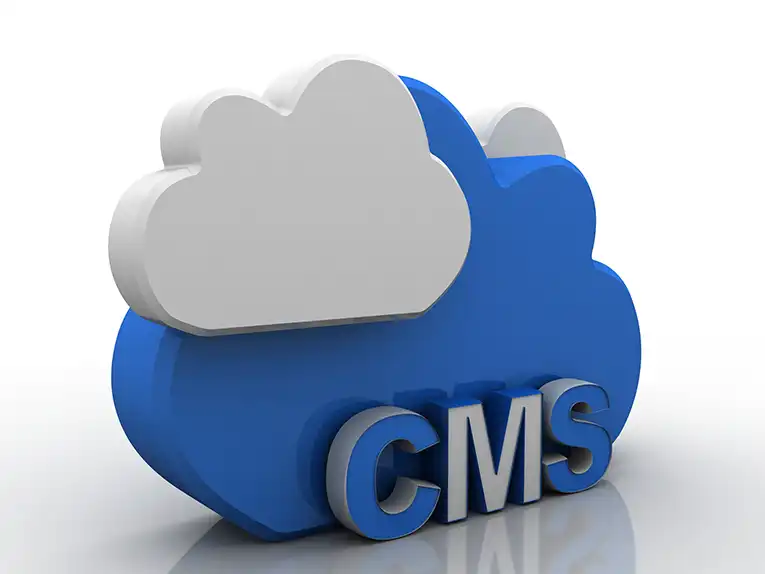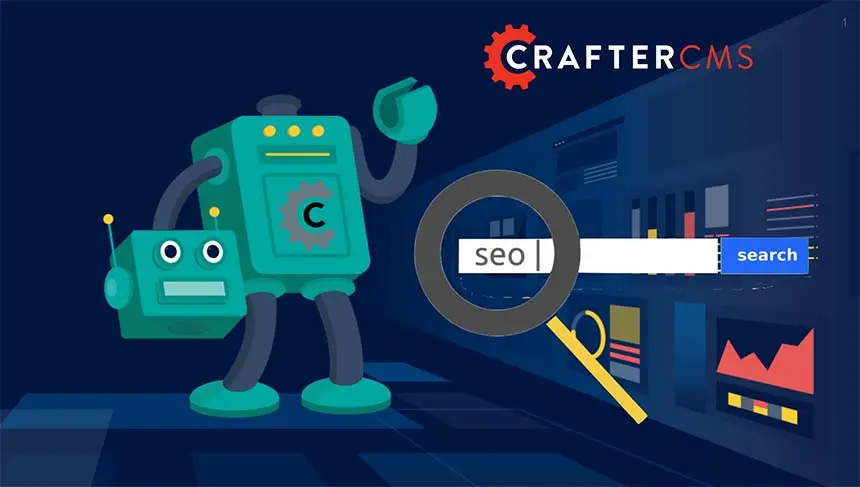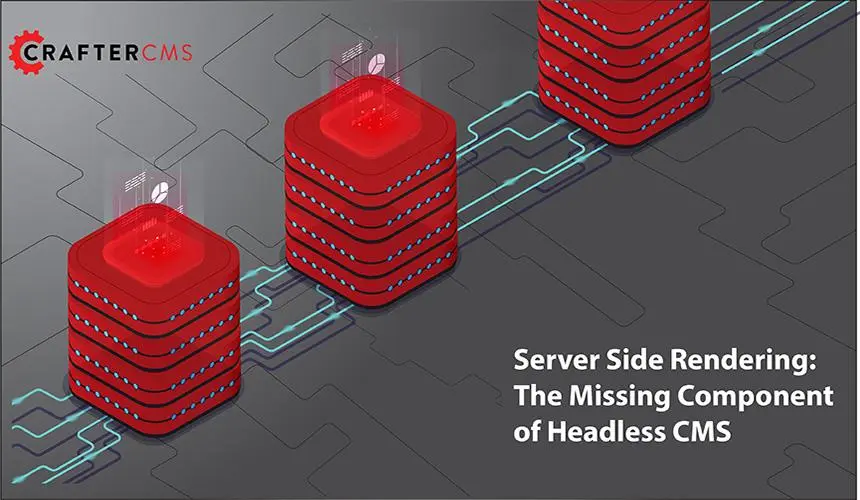Why Migrate From Drupal To CrafterCMS?

Amanda Jones

Having a modern CMS is crucial in an increasingly omnichannel digital landscape. Many traditional CMS platforms, however, are struggling to keep up. These legacy systems were built for traditional websites, and aren’t prepared for the rise of voice devices, digital signage, AR/VR, and more. And some enterprises are spending up to 80% of their IT budgets maintaining legacy systems. Legacy CMSs are stifling digital innovation and companies that don’t adapt risk falling behind.
Drupal, for example, has exposed APIs, moved to a Symfony-based architecture, and made other attempts at modernizing its tech stack, but these changes are not enough for delivering great digital experiences. So if you’re running Drupal and daunted by migrating to their latest release, here’s why you should consider moving to CrafterCMS instead.
Drupal Isn’t Native Hybrid-Headless
As one of the traditional legacy CMSs, Drupal was built to manage content on websites, and developed great authoring tools for managing this type of content. With the proliferation of digital touchpoints, however, Drupal’s web authoring tools are no longer as useful. That’s because using Drupal in a headless manner means forgoing its content editing capabilities. Drupal doesn’t offer hybrid features, leaving marketing teams at a loss when it comes to creating omnichannel digital experiences.
CrafterCMS, on the other hand, is an API-first CMS. This means Crafter can deliver content to nearly any device or touchpoint using robust APIs, while still offering a great authoring experience through its rich content editor. When it comes to omnichannel experiences, Drupal will always be playing catch up. That’s why you need a platform that’s truly headless 3.0.
Drupal DevOps Is A Nightmare
When Drupal was first released, the platform was built on the LAMP stack. That was great at the time, but in an effort to update their tech stack, they moved to the Symfony framework with a microservices architecture. The problem is that every few years Drupal releases new versions like these which aren’t backward compatible. Migrating from Drupal 7 to Drupal 8, for example, breaks many modules that websites rely on to function properly. That’s why Drupal has always been a nightmare to manage for IT operations teams.
CrafterCMS avoids these issues by seamlessly integrating with your DevOps processes. Using Git workflows, content and code can easily move between environments from development to production, so there’s a faster time to market and no downtime during software updates. With Crafter, you don’t need to deal with migrations for each release because you can integrate the CMS with your CI/CD pipeline, and take advantage of Crafter’s unique support for a DevContentOps™ process. That means there’s never any looming migration events that affect your entire organization. You’re CMS shouldn’t impact the workflows of your content managers, nor the availability of your website for customers.
Can Drupal Even Scale?
Another significant challenge for Drupal is scalability. While Drupal 8 has taken steps towards a microservices architecture, it’s still not truly decoupled. The platform still relies on a traditional SQL database, which creates bottlenecks at-scale where the authoring and delivery components must share the same database instance. The database reliance, as well as memory issues related to PHP, make Drupal challenging to scale for many enterprises.
Instead of using a database, CrafterCMS uses a naturally distributed, Git-based content repository. This removes the challenge of scaling a SQL database and allows you to take advantage of S3 cloud storage. In addition, Crafter is completely decoupled - a truly shared-nothing serverless architecture. Crafter’s authoring tier is entirely independent of the delivery tier, and each component can be scaled separately as necessary. Crafter, therefore, eliminates bottlenecks and uses a modern tech stack to enable planet-scale deployments.
Drupal Is a Security Risk
Drupal is rife with security risks for organizations. Most deployments of Drupal require the use of additional modules to meet business requirements. These modules, however, are built by the developer community and vary dramatically in quality. With a lack of ongoing development and support, many of these custom modules have security flaws that aren’t patched quickly or even at all. There have been many reports of major security vulnerabilities over the years, with the most significant being the infamous Drupalgeddon 2.0 incident that affected over one million websites. Most alarming, however, is the fact that the Drupal Security Team surpassed previous years for the frequency and severity of security flaws they needed to patch. Drupal has too much technical debt, and new security flaws continue to emerge.
Many of the features that require additional modules for Drupal are provided out of the box with Crafter. This includes features like GraphQL support. Robust default features mean the code you deploy with Crafter follows standard security best-practices and isn’t built using potentially inadequate development procedures. There’s no reason to open your organization up to security vulnerabilities and risk the reputation of your brand with inconsistent modules.
Why Crafter Makes More Sense
It’s clear that legacy CMSs like Drupal aren’t prepared for today’s omnichannel marketing needs, and their future doesn’t look bright. Drupal has too much technical debt from its legacy tech stack and fails to offer comprehensive hybrid CMS features that are critical for today’s enterprises. The majority of Drupal-based websites are still using Drupal 7, as companies don’t even see the latest Drupal 8 as worth the migration challenges. That’s not to mention the frequent hacks and security breaches Drupal users experience.
For most organizations considering Drupal - or daunted by migrating to Drupal 8 - CrafterCMS makes more sense. You can save the time and money associated with Drupal migrations, avoid the security risks, and modernize your tech stack with CrafterCMS. The platform doesn’t have massive migration events but fits in with your DevOps CI/CD pipeline. Crafter has also been serving enterprise companies for over a decade without any major security issues. With CrafterCMS, you’ll have a stable and scalable platform that enables digital innovation.
For more, check out Seven Reasons Why Crafter Should Be On Your Web CMS Shortlist.
Related Posts

Building Personalized Digital Experiences for a Cruise Liner

Sara Williams

CrafterCMS Wins More G2 Awards Spring 2024

Amanda Lee

What Is a Cloud CMS? (Unlocking the Benefits of a CMS in the Cloud)

Sara Williams

Headless CMS SEO (How to Do SEO Right With a Headless CMS)

Amanda Jones











